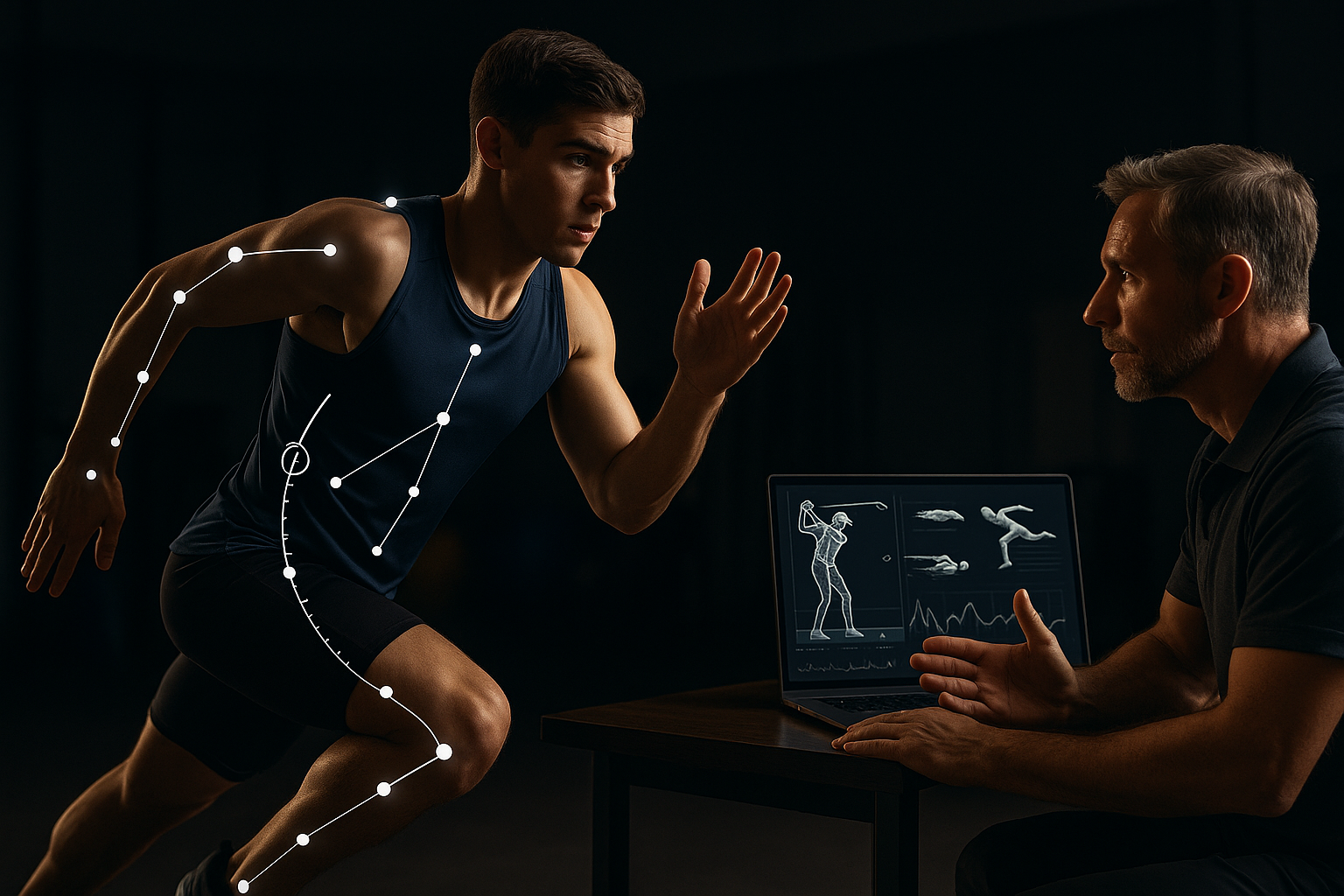Mobility and stability drills for efficient movement patterns
Efficient movement patterns arise from coordinated mobility and stability work integrated into a broader training plan. Targeted drills improve joint range, neuromuscular control, and force transfer, helping athletes and active people move with greater economy while managing workload, recovery, and injury risk.

Mobility and stability are complementary qualities: mobility provides the range of motion available at joints, while stability enables control of that range during dynamic tasks. When drills are selected and progressed deliberately, they enhance biomechanics, reduce inefficient compensations, and support conditioning and endurance. The sections below outline practical drill categories, how they fit into periodization, and how supporting factors such as nutrition, sleep, hydration, and monitoring contribute to long-term adaptation.
Conditioning and agility: role of mobility
Drills that improve hip, thoracic, and ankle mobility support quicker, more efficient changes of direction and better sprint mechanics. Examples include controlled leg swings, ankle dorsiflexion progressions, and thoracic rotations with band assistance. Integrating these into conditioning sessions—either before agility work as dynamic warm-ups or in dedicated mobility circuits—helps transfer range improvements into speed and agility gains. Consistent practice reduces compensatory patterns that increase workload on other joints and can improve strength application during fast movements.
Mobility drills for strength and biomechanics
Pair mobility work with strength exercises to ensure improved range translates into functional force production. For instance, deep squat mobilizations combined with eccentric-loaded squats encourage adequate ankle and hip mechanics while developing strength through an expanded range. Controlled loaded carries, Romanian deadlift variations, and single-leg stability tasks reinforce biomechanical patterns that protect the spine and hips. Monitoring technique and gradually increasing load helps align mobility gains with strength and power development.
Stability and workload: preventing injury
Stability drills—such as single-leg balance progressions, anti-rotation core exercises, and controlled landing mechanics—train the nervous system to manage external forces and internal torque. When stability is lacking, workload often shifts to passive structures, increasing injury risk. Structured progressions that consider intensity and frequency reduce overload: start with low-load, high-control tasks and progress to sport-specific, high-velocity drills. Regularly evaluating movement quality under increasing workloads supports safer training and targeted rehab when issues arise.
Recovery, rehab, and monitoring progress
Recovery modalities and rehab protocols should complement mobility and stability training. Soft-tissue work, active recovery sessions, and targeted rehab exercises address localized deficits, while monitoring tools—such as movement screens, session RPE, or wearable load metrics—track progress and inform adjustments. Rehab-focused mobility emphasizes controlled, pain-free ranges and gradual reintroduction of load; monitoring helps identify persistent asymmetries or fatigue-related breakdowns so programs can be modified to reduce injury incidence.
Periodization, endurance, and training balance
Incorporate mobility and stability drills within a periodized plan so they support phases focused on strength, endurance, or power. During high-volume endurance phases, prioritize shorter, maintenance-style mobility and stability sessions to preserve movement quality without adding undue workload. In strength and power phases, expand mobility work to allow full expression of force through improved ranges. Balancing session timing, frequency, and intensity helps manage cumulative workload and supports long-term adaptation.
Nutrition, sleep, hydration, and monitoring for movement quality
Nutritional support, adequate sleep, and proper hydration are fundamental to recovery and neuromuscular performance. Protein and carbohydrate timing assist tissue repair and energy for quality movement sessions; hydration affects tissue pliability and cognitive function during skill execution. Objective monitoring—sleep logs, readiness questionnaires, and training load data—provides context for when to emphasize recovery or progress drills. These supporting factors reduce the likelihood that fatigue or poor recovery will erode stability and mobility gains.
This article is for informational purposes only and should not be considered medical advice. Please consult a qualified healthcare professional for personalized guidance and treatment.
Efficient movement emerges from coordinated, progressive mobility and stability work nested within a broader plan that includes conditioning, strength, and recovery. By selecting targeted drills, integrating them into periodized phases, and accounting for nutrition, sleep, hydration, and monitoring, practitioners can improve biomechanics, reduce injury risk, and support performance without excessive workload overload.





